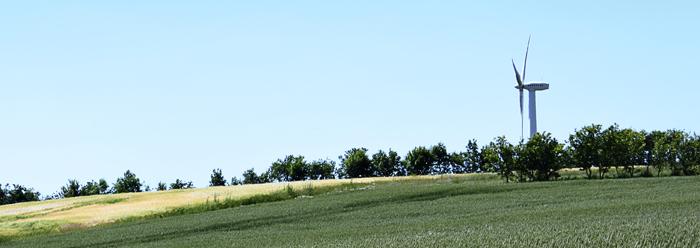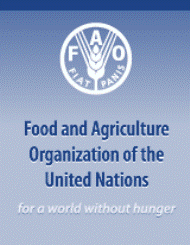
Increased agricultural yields
This can be achieved through a continued improvement of feed wheat yield per ha. Especially in Eastern Europe, there is a great potential for achieving an increased output through the implementation of new technology and increased investments in agriculture.
Furthermore, 3-4 mill. ha. of unexploited and traditionally historic agricultural land should again be used in the agricultural production. A great part of this agricultural resource can be found in Eastern Europe. This means that an increase in production is achievable through already existing agricultural land, and can be achieved without compromising other essential areas:
-
No reduction of EU wheat stocks, which means that food prices remain stable.
-
No reduction of natural EU carbon stocks in the form of forests and grassland.
-
No reduction of the average historical wheat export.
Increased yields from agricultural land
The Report ”By-products from ethanol production – the forgotten part of the equation” from the Danish Institute of Food and Resource Economics shows that when protein feed replaces traditional animal feed, the amount of agricultural land required to grow traditional feed crops is reduced.
This means that because Hveiti’s production of bioethanol also produces a protein rich feed product, which can replace soybean protein from South America, the Danish import of soybean is reduced. Thereby, areas in South America are freed up, and can then be used for e.g. the production of food.
The report shows that an analysis based on yields in North Western Europe suggests that the direct effect of using protein feed from the bioethanol production reduces the amount of land required for bioethanol production by 94 % directly. This means that one hectare of grains processed at a bioethanol plant would produce enough feed so that the grown area with feed elsewhere can be reduced by 0.94 hectares.

The Food and Agriculture Organization of the United Nations (FAO) has published a report (September 2012) which collates, discusses and summarizes state-of-the-art knowledge on the use as livestock feed and future availability of co-products from the biofuel industry.
The report states that: “For biofuels with significant animal feed products, the net land use is much lower than the direct land area.”
Follow the developments within biorefining. hveiti regularly informs about our efforts to improve the environment.




